Phase 1 – From Semi-Auto to Servo (1990-2010)
Early salt plants relied on semi-automatic cup fillers coupled with foot-pedal sealers. Operators had to weigh every tenth bag off-line to comply with the 1996 Metrology Act; deviations above ±1 % triggered costly re-packing. The breakthrough came in 2003 when a Shandong refinery retrofitted a servo-driven VFFS frame with detachable rotary cups, cutting labour from six to two persons per shift and pushing accuracy to ±0.3 %. This hybrid became the template for today’s fully automatic line.
Phase 2 – Hygienic Design Push (2010-2018)
China’s 2013 revision of the Salt Monopoly required iodine uniformity (35 ± 15 mg kg⁻¹) and full traceability. Machine builders responded with 316 L mirror-finish contact parts, IP66 wash-down housings and laser-etched data matrices printed in real time. A patented cup “blow-back” feature purges residual salt after every dump, eliminating cross-contamination when plants switch between iodised and non-iodised grades.
Phase 3 – Data & Remote Era (2018-)
Edge-PLC units now log every fill, seal temperature and torque value to the refinery’s MES. In 2022 a Hebei plant used this stream to detect a 0.5 % cup-wear drift three days before it would have breached the national tolerance, saving 42 t of giveaway. Remote HMI mirroring lets OEM engineers in Guangzhou adjust sealing pressure for a Gansu user within minutes, cutting mean time to repair by 70 %.
Technical Hallmarks Shaped by Salt’s Peculiarities
- Corrosion immunity: Salt’s chloride ion mandates 316 L and fluoropolymer seals; even mild steel bolts are replaced by A4 stainless to prevent “rust bloom” that would otherwise shut a line down during humid monsoon months.
- Anti-caking micro-dosing: The cup cavity is plasma-coated with PTFE and paired with a 40 kHz ultrasonic agitator to keep <0.2 % anti-caking agent from clumping under 45 °C warehouse roofs.
- Iodine stability: Film path is chilled to ≤35 °C to stop potassium iodate sublimation; black-pigmented PE layer blocks UV that would otherwise reduce iodine level by 5 % in six months.
- Hygroscopic counter-measures: Nitrogen-flush nozzle injects ≤1 % O₂ before sealing, keeping moisture pickup below 0.1 % over a 12-month shelf life in tropical ports.
- Traceability mandate: Every bag carries a unique QR code that links to the exact cup cavity, operator shift and iodate batch, satisfying the latest State Administration for Market Regulation recall protocol.
Today, the measuring-cup salt packer is no longer a stand-alone filler but a data-rich node that upholds one of the world’s most tightly controlled food standards while shaving labour and salt giveaway to historic lows.


 English
English Español
Español عربى
عربى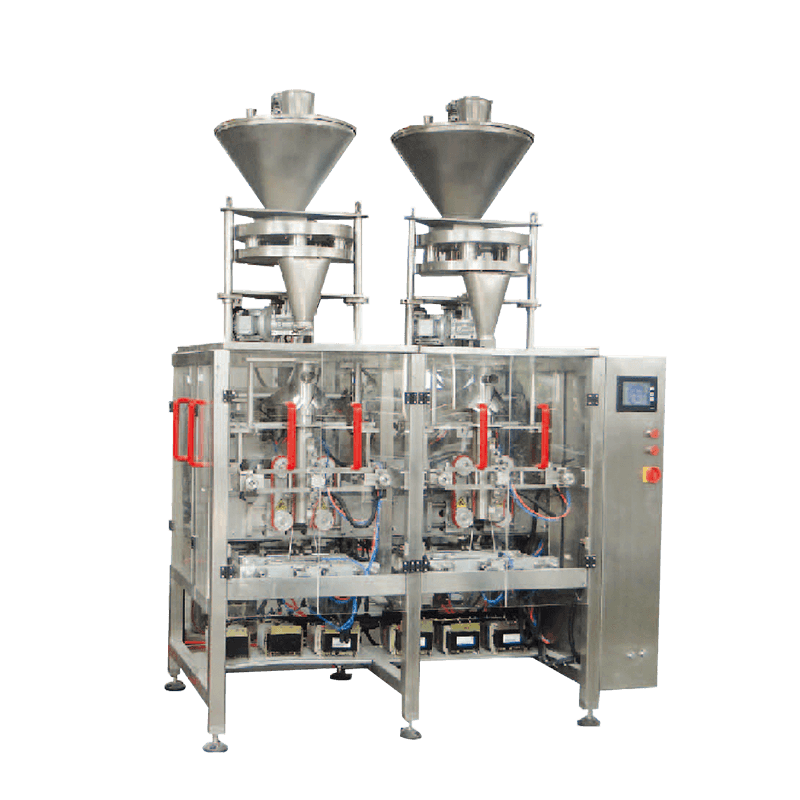
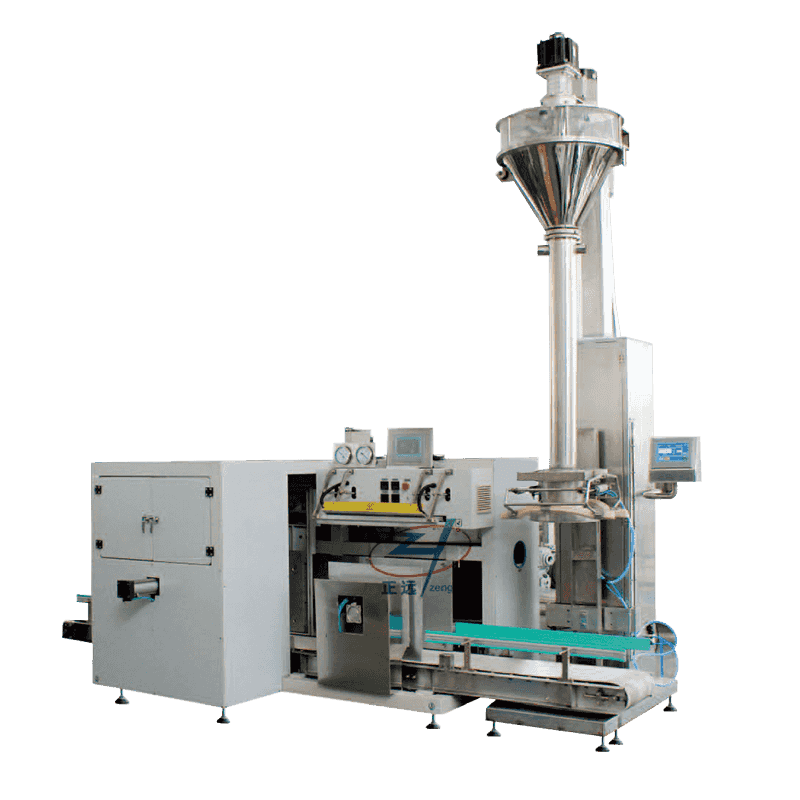
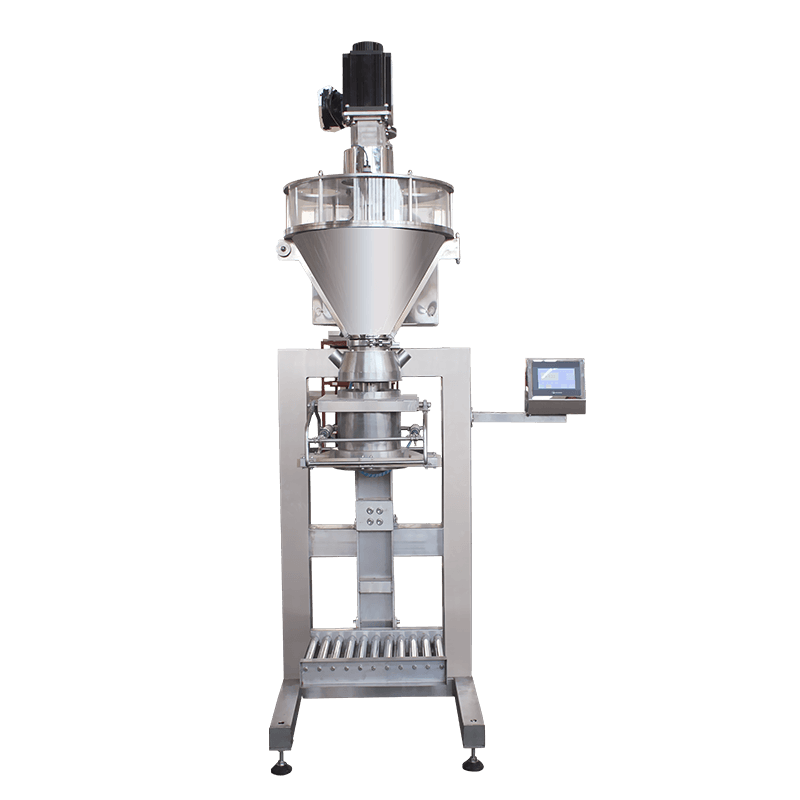

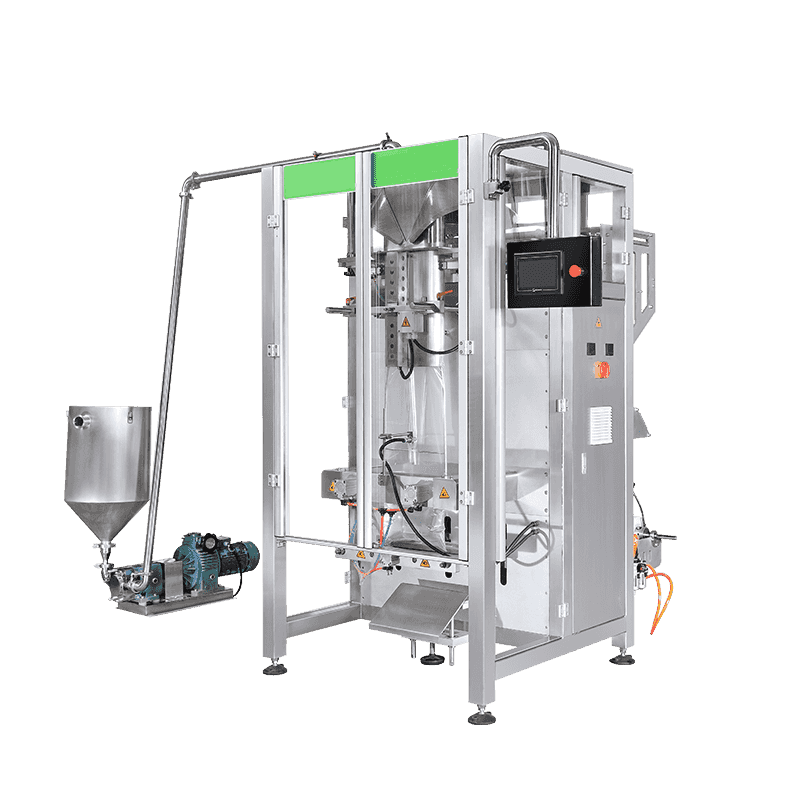
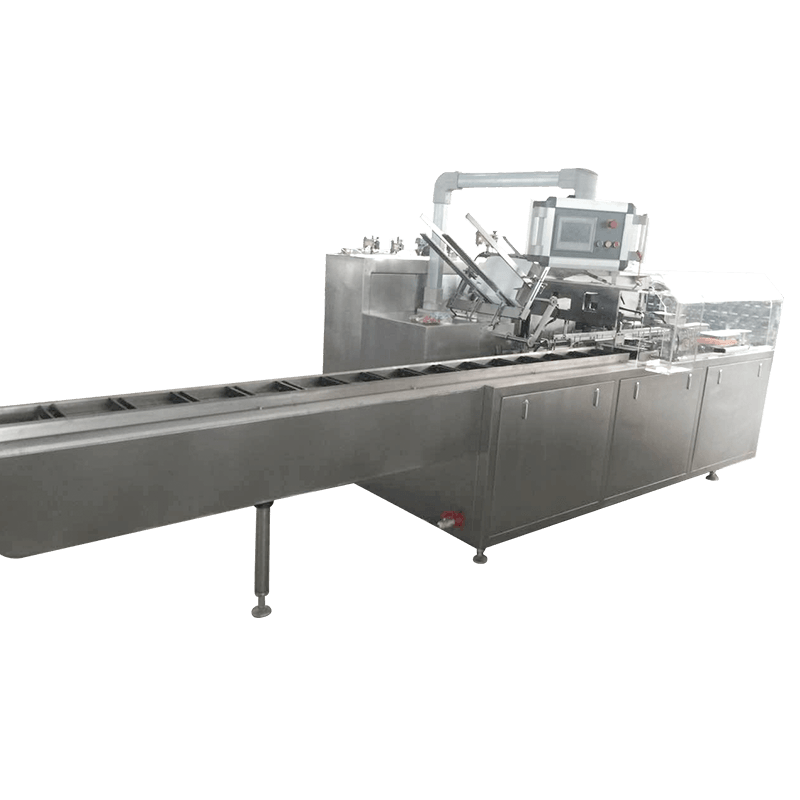
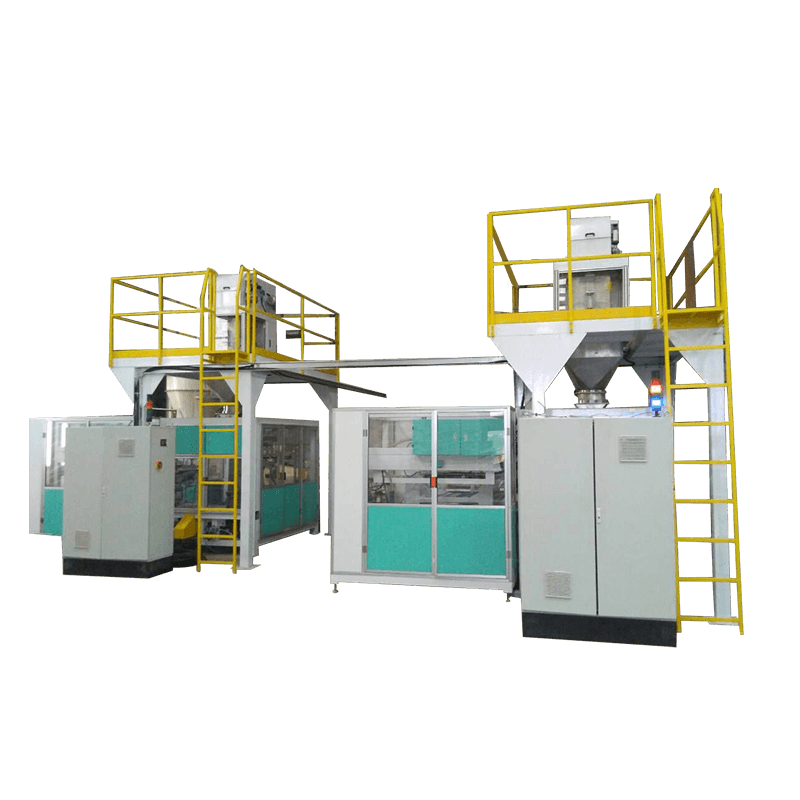
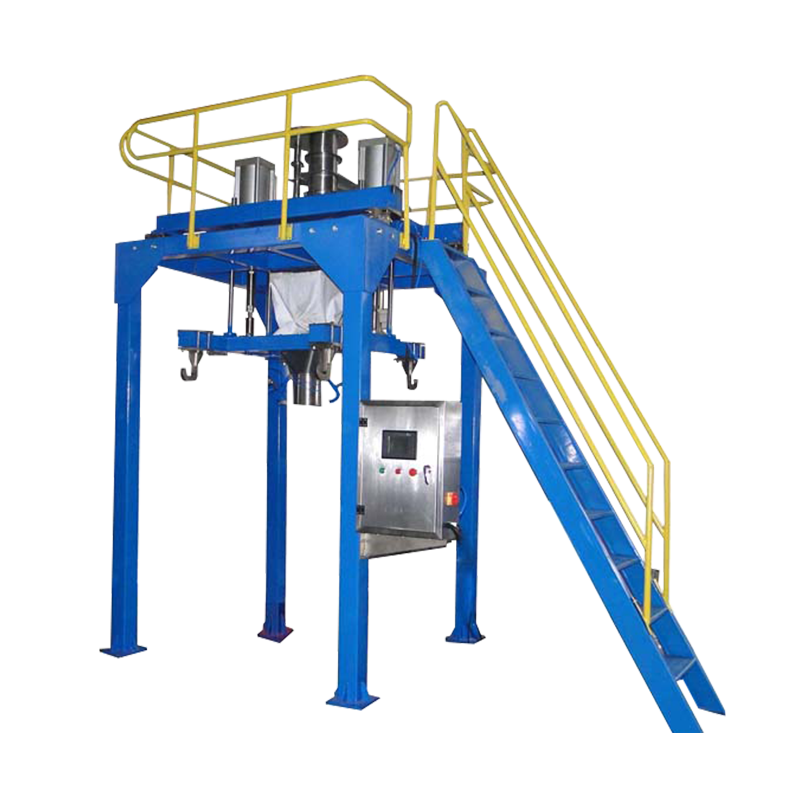
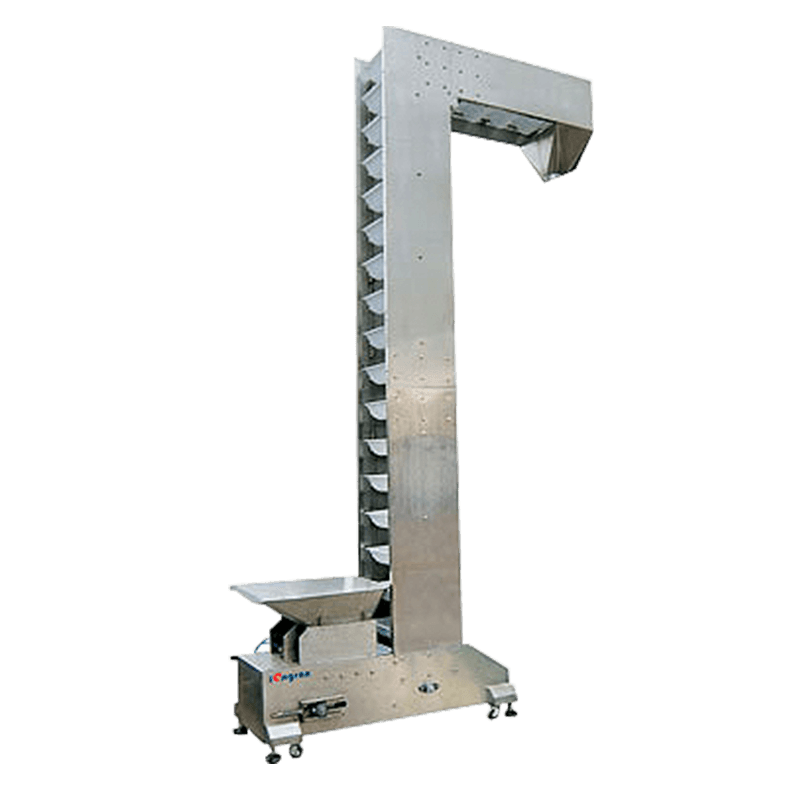
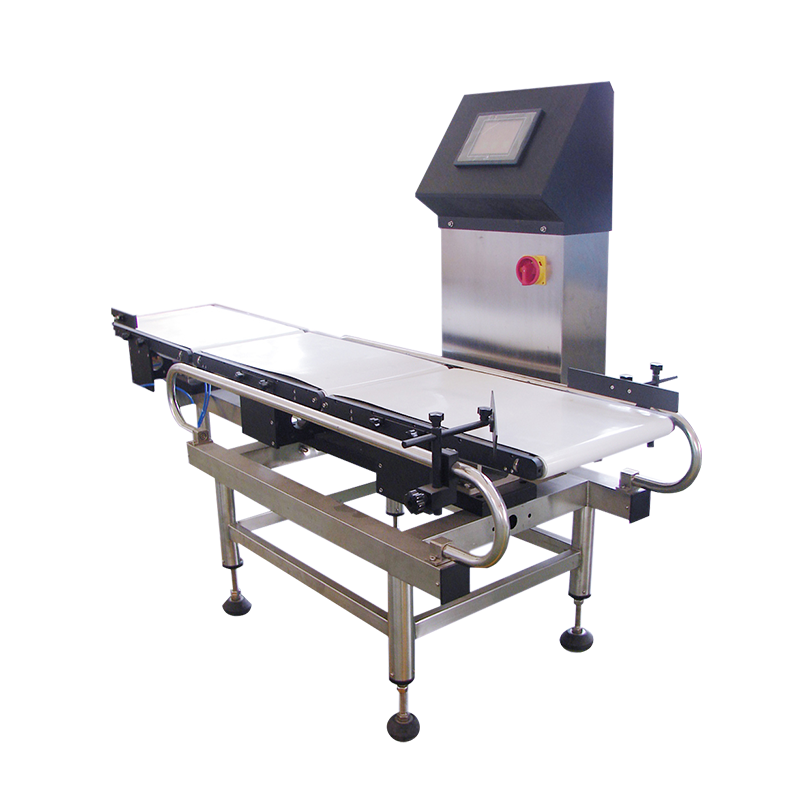

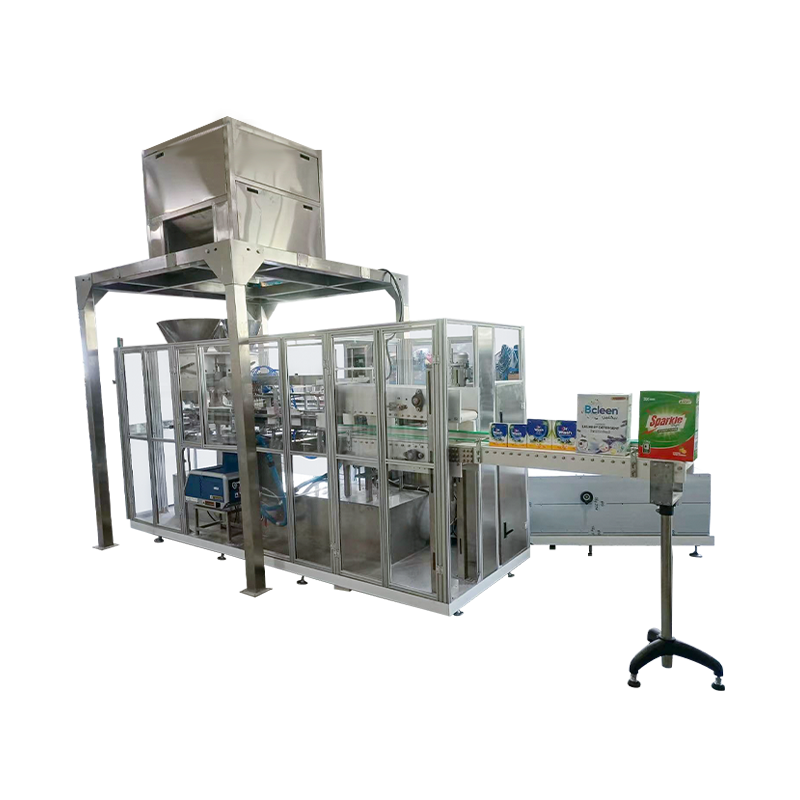

Contact Us